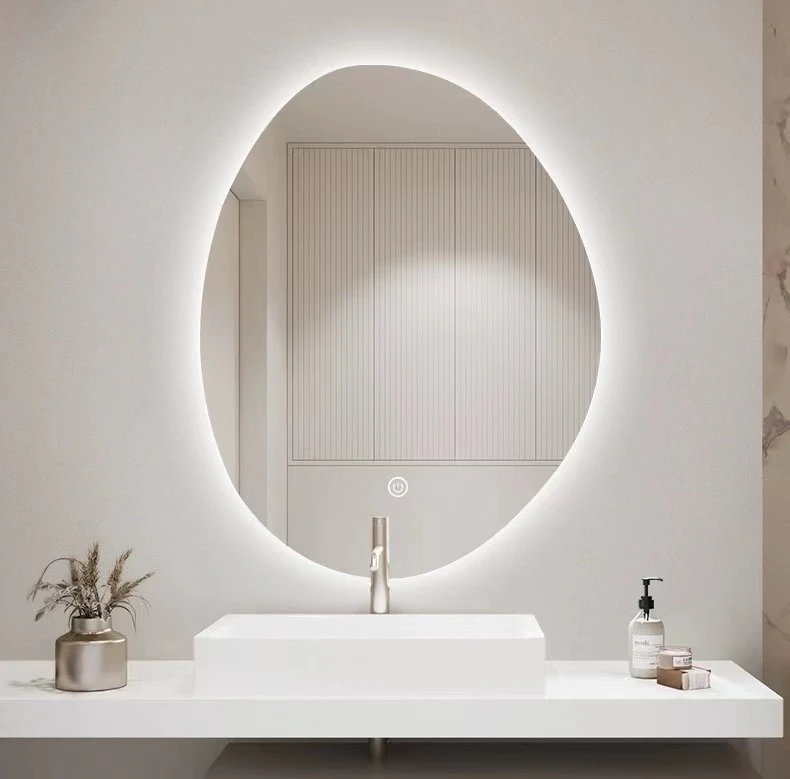

The Allure of Colored Float Glass A Versatile Material in Modern Design
Colored float glass is a remarkable material that has captured the imagination of architects, designers, and artists alike. This type of glass is created by adding colored pigments during the manufacturing process of traditional float glass, resulting in a myriad of vibrant hues and an impressive aesthetic appeal. Its versatility extends beyond mere beauty, making it an essential component in various applications, ranging from architectural innovations to artistic expressions.
Float glass, in its original guise, is a flat glass product known for its high quality and clarity. The process of manufacturing float glass involves floating molten glass on top of molten tin, creating a smooth, even surface. When pigments are introduced into this process, colored float glass is born. This addition transforms the glass from a simple transparent sheet into a dynamic design element that can influence the ambiance of any space.
One of the standout features of colored float glass is its ability to manipulate light. The colors can enhance, soften, or completely alter the way natural and artificial light interacts with interior and exterior environments. For example, red or amber-colored glass can create a warm, inviting atmosphere, while blue or green glass can evoke feelings of calmness and serenity. This adaptability makes it a popular choice for windows, skylights, and glass partitions in both residential and commercial spaces.
Architects increasingly favor colored float glass for its aesthetic and practical benefits. It can be used to create striking facades that stand out against the urban landscape. Buildings adorned with colored glass not only draw the eye but also reflect the surrounding environment, changing appearance throughout the day as the light shifts. The interplay of colored glass with sunlight can provide a dynamic visual experience that enhances the architectural narrative of a structure.

In addition to its use in architecture, colored float glass also plays a significant role in interior design. It can be incorporated into furniture pieces, such as tabletops and shelving units, adding color and flair while maintaining functionality. Colorful glass panels are also used to create stunning room dividers that provide privacy without sacrificing light. This makes them an ideal choice for modern workspaces where open concepts are becoming increasingly popular.
Artists have also embraced colored float glass, utilizing it as a medium for creating captivating sculptures and installations. The inherent qualities of glass—its transparency, fragility, and interplay with light—allow artists to explore new dimensions in their work. Exhibitions featuring colored glass pieces offer viewers a unique opportunity to experience art from different perspectives, literally and figuratively.
Furthermore, colored float glass is a sustainable choice. Glass is 100% recyclable, and many manufacturers are now adopting eco-friendly practices in their production processes. This attention to sustainability allows architects and designers to incorporate colored glass into their projects with a clear conscience, knowing they are minimizing their environmental impact.
In conclusion, colored float glass is more than just a decorative element; it is a versatile material that enhances architecture, interior design, and artistic expression. Its ability to manipulate light, along with its varied applications, makes it an invaluable asset in modern design. As trends towards sustainability and innovative design solutions continue to evolve, colored float glass will undoubtedly remain a staple in both creative and functional contexts, paving the way for a vibrant future in art and architecture.